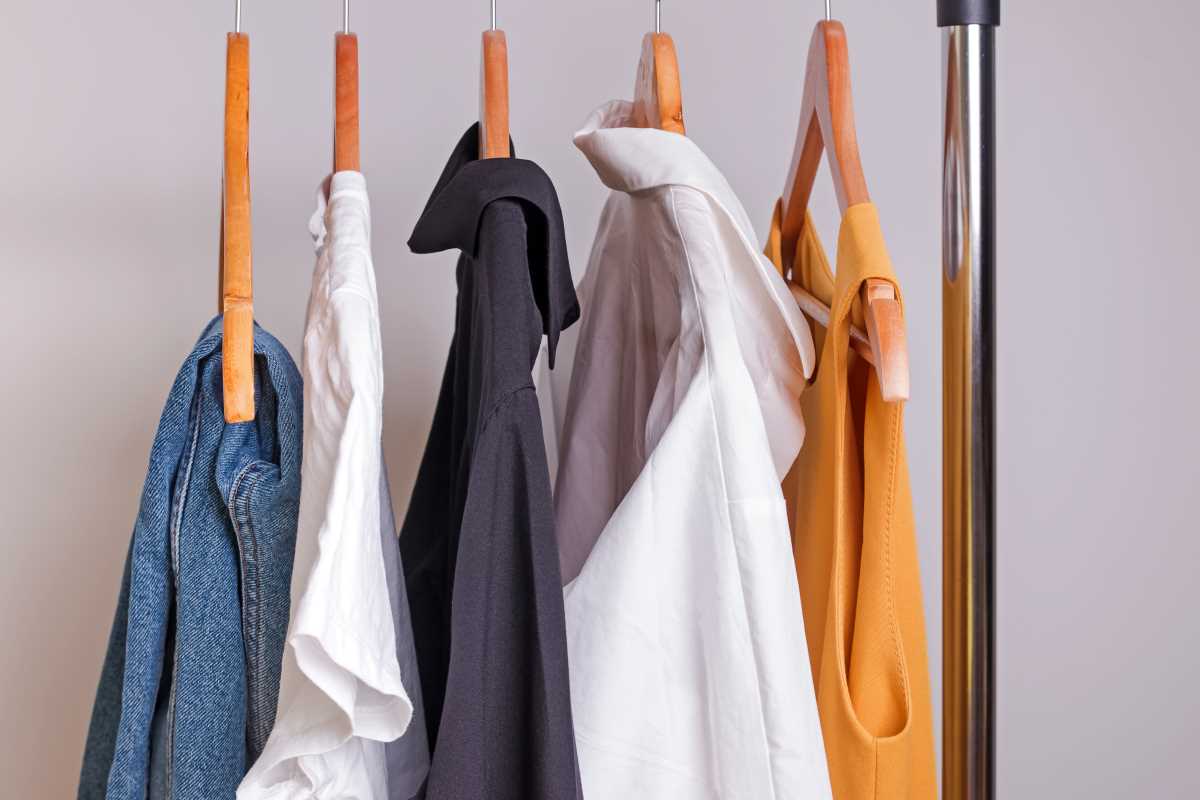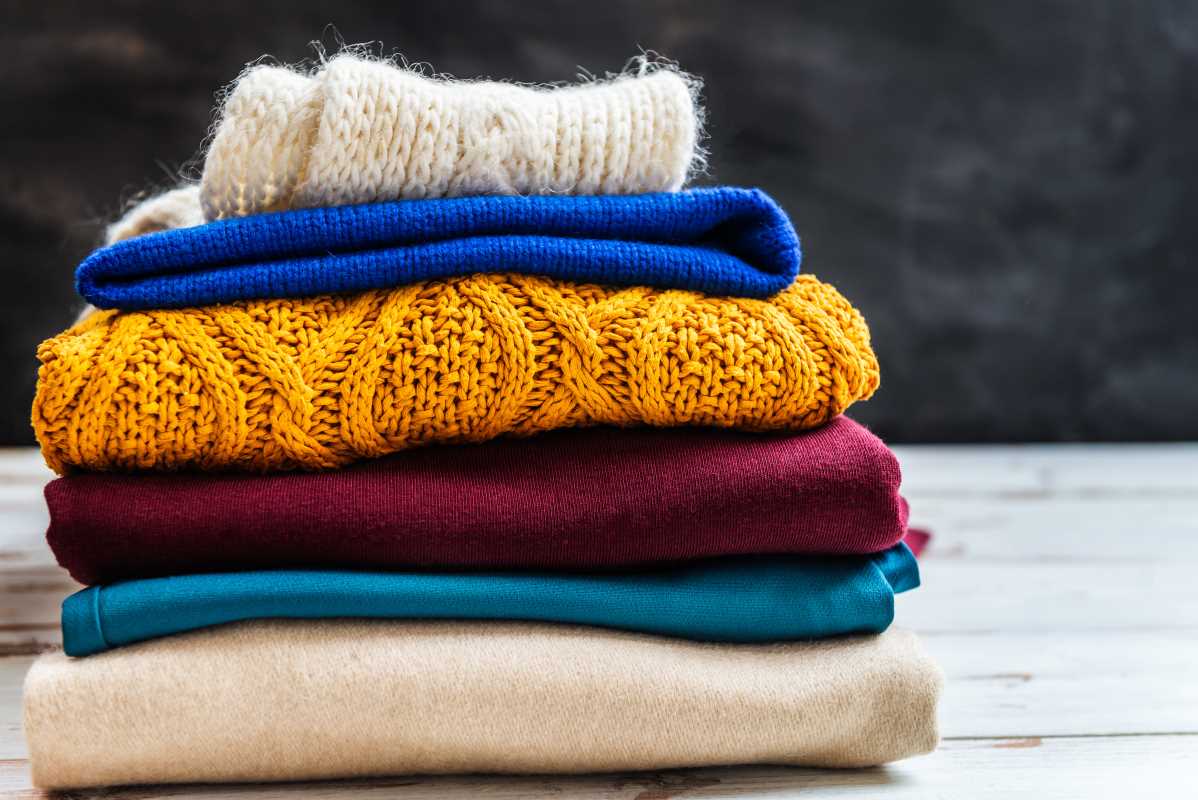In the fast-paced world of fashion, where trends come and go, a growing movement towards sustainability and eco-conscious choices is reshaping the industry. The urgency of this shift is driven by the significant environmental impact of traditional fabric production, which is often resource-intensive and harmful. Consumers are increasingly demanding eco-friendly options that align with broader sustainability goals, reflecting a heightened awareness of the planet's health.
Shifting Preferences
A significant shift is the increasing popularity of eco-friendly fabrics, such as organic cotton, hemp, and bamboo, which are not only better for the environment but also offer numerous benefits for consumers. These fabrics support the reduction of carbon footprints and promote biodiversity, playing a crucial role in the industry's transformation. As innovation continues to advance, making these options more accessible, eco-friendly fabrics are poised to become a staple in sustainable fashion, driving an eco-revolution that benefits both people and the planet. Let's explore the advantages of opting for eco-friendly fabrics in fashion and how they are transforming the industry.
Understanding Eco-Friendly Fabrics
Eco-friendly fabrics are materials produced using sustainable practices that have a minimal environmental impact. Examples include organic cotton, hemp, bamboo, and Tencel. These materials are often grown without harmful pesticides, require less water, and are biodegradable, making them a more sustainable choice compared to conventional fabrics.
Benefits for the Environment
The environmental benefits of using eco-friendly fabrics are substantial. Traditional fabric production is resource-intensive, contributing to deforestation, water pollution, and greenhouse gas emissions. In contrast, eco-friendly fabrics are made using methods that reduce environmental harm. For instance, organic cotton uses natural pest control methods and significantly less water than conventional cotton. Hemp grows rapidly with minimal water and no pesticides, making it a highly sustainable fabric. These practices help preserve ecosystems, reduce carbon footprints, and promote biodiversity.
Health Benefits for Consumers
Eco-friendly fabrics also offer health benefits. Conventional fabrics are often treated with chemicals during production, which can irritate the skin and pose health risks. Eco-friendly fabrics are typically free from such harmful substances, making them a safer choice for people with sensitive skin or allergies. For example, bamboo fabric is naturally hypoallergenic and antibacterial, providing comfort without the risk of skin irritation.
Durability and Quality
Despite their sustainable nature, eco-friendly fabrics are renowned for their durability and quality. Materials like organic cotton and hemp are naturally strong and long-lasting, making them a smart investment for your wardrobe. This durability reduces the need for frequent replacements, saving money and reducing waste. High-quality eco-friendly fabrics ensure that garments retain their shape and appearance over time, providing long-term value.
Supporting Ethical Practices
Opting for eco-friendly fabrics often means supporting ethical practices in the fashion industry. Many eco-friendly brands prioritize fair labor practices, ensuring workers are paid fairly and work in safe conditions. By choosing these fabrics, consumers contribute to a more sustainable and ethical fashion ecosystem, promoting social justice alongside environmental sustainability.
Versatility and Style
Eco-friendly fabrics are not limited to basic designs. With advancements in technology and design, they are available in various styles, patterns, and textures. From casual wear to formal attire, eco-friendly options cater to diverse tastes and fashion preferences. Designers are increasingly incorporating these fabrics into their collections, proving that sustainable fashion can be both stylish and responsible.
Identifying Eco-Friendly Fabrics and Certifications
As eco-friendly fabrics gain popularity, knowing how to identify them is essential. Consumers can look for certifications such as the Global Organic Textile Standard (GOTS), which ensures that textiles are made with organic fibers and adhere to environmental and social criteria. The OEKO-TEX Standard 100 certifies that textiles are free from harmful substances. These certifications provide assurance about the sustainability and safety of fabrics.
Challenges and Future Prospects
Despite their benefits, eco-friendly fabrics face challenges, including higher production costs and limited availability. Educating consumers about the importance of sustainable fashion and increasing demand can drive down costs and encourage wider adoption. The future of eco-friendly fabrics looks promising as innovation continues to improve their accessibility and affordability. As more brands commit to sustainability, the industry is poised for significant transformation, with eco-friendly fabrics leading the charge.
The benefits of eco-friendly fabrics in fashion extend beyond sustainability. By choosing these materials, consumers contribute to a healthier planet and enjoy durable, high-quality garments that are safe for their health. Supporting ethical practices and embracing versatile styles make eco-friendly fabrics a winning choice for the conscious consumer. As the fashion industry evolves, eco-friendly fabrics will play a crucial role in creating a more sustainable future, encouraging consumers to make informed and responsible choices. Next time you shop for clothing, consider exploring the world of eco-friendly fabrics for a sustainable and stylish wardrobe.
 (Image via
(Image via




